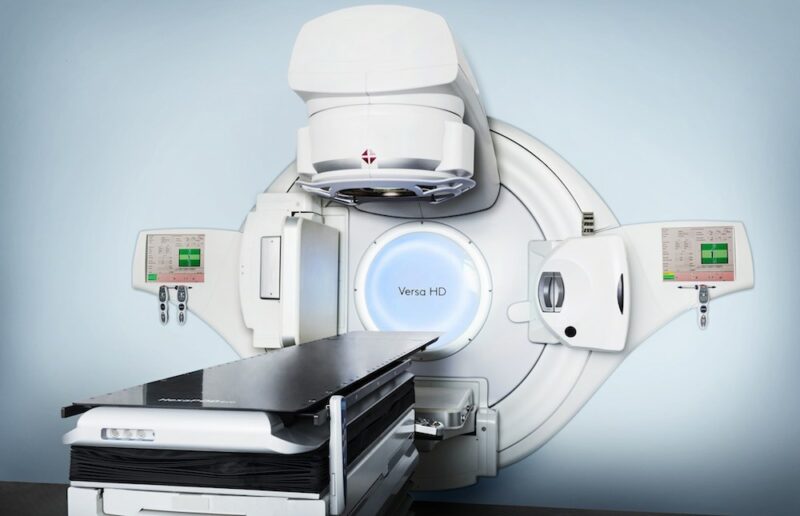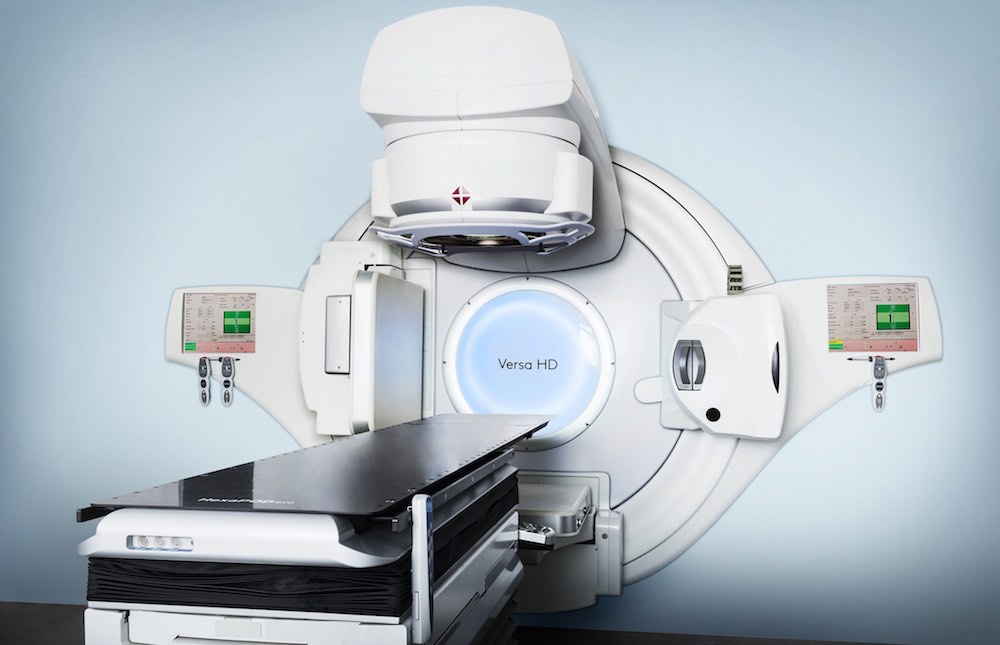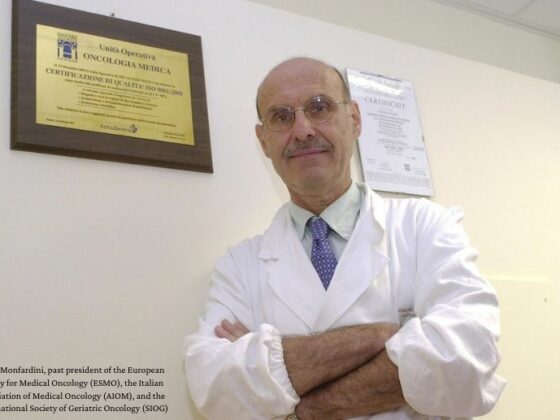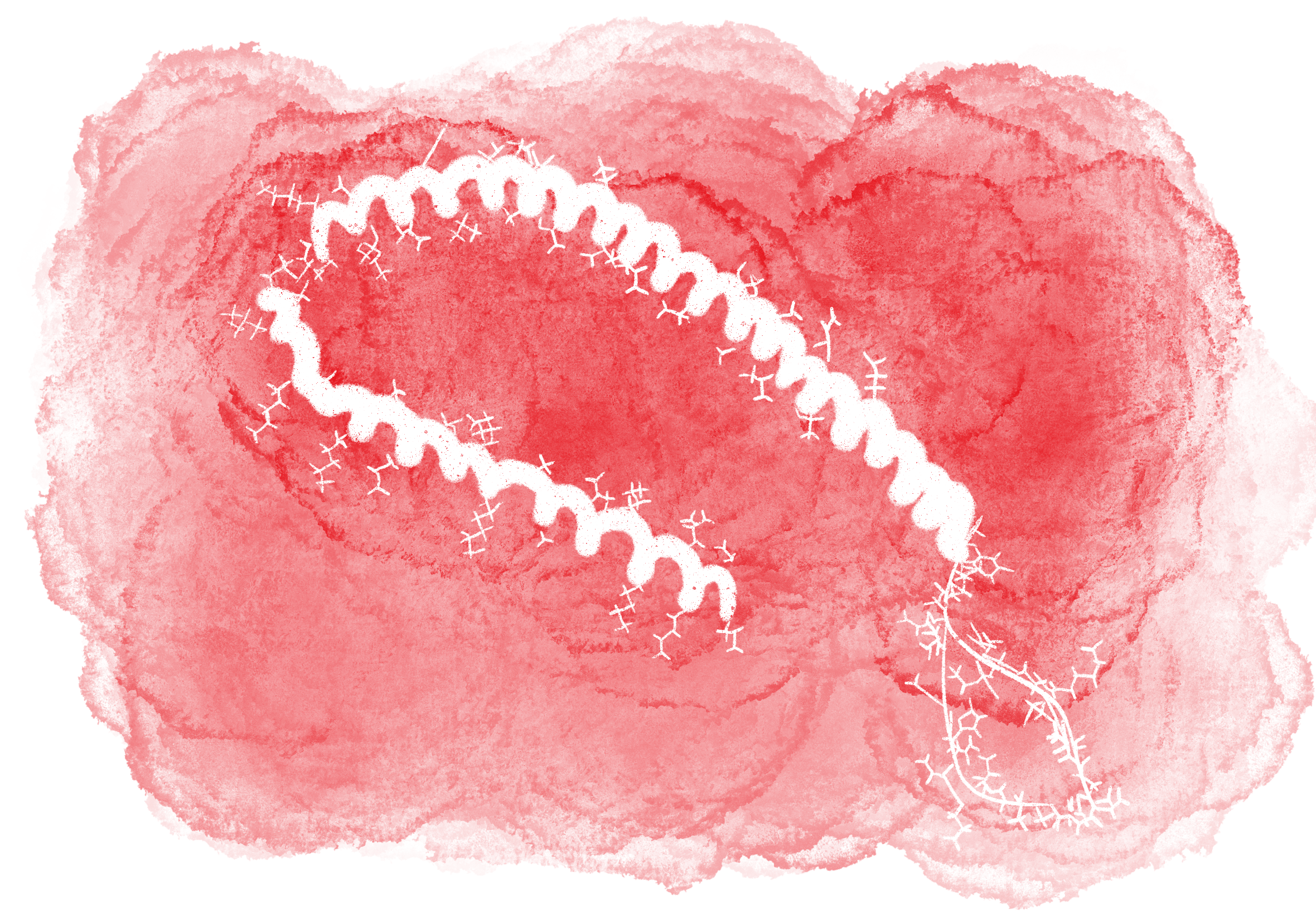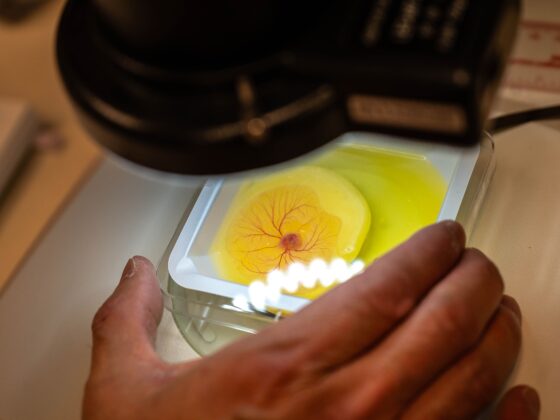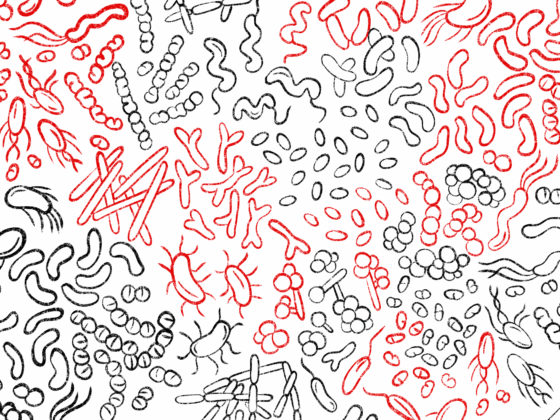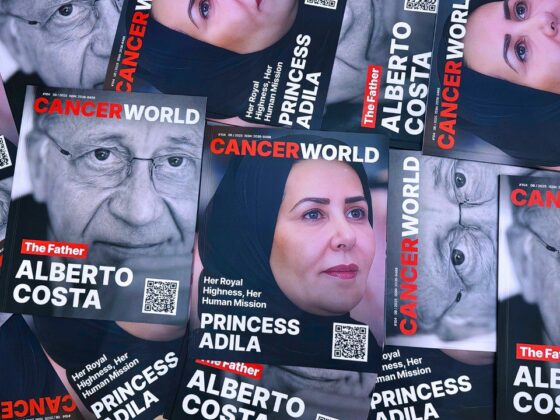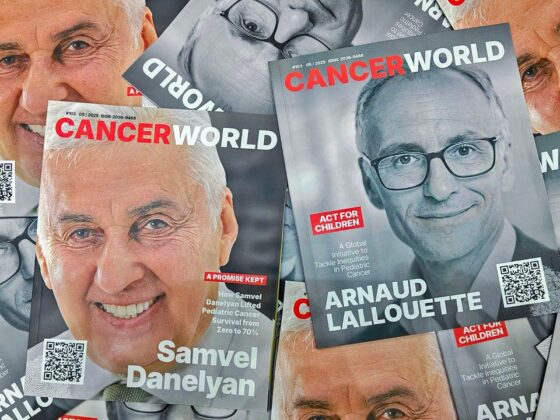Stereotactic body radiation therapy (SBRT) represents a safe and effective non-invasive treatment for oligometastatic renal cell carcinoma (RCC). The study, published in Lancet Oncology, supports sequential radiotherapy as an alternative treatment option to systemic therapy for oligometastatic renal cell carcinoma.
“These findings are exiting because we’re challenging the dogma in radiation oncology that RCC is biologically radioresistant,” says study first author Chad Tang, from the MD Anderson Cancer Center, Houston, Texas. The current results, he adds, support growing evidence that radiation therapy could offer an alternative treatment option for oligometastatic RCC that goes beyond systemic therapy.
Radiotherapy represents a non-invasive local treatment that can be applied repeatedly to control metastatic lesions in a variety of anatomical locations. However, use in RCC has not been thoroughly investigated due to an in vitro study that indicated radio resistance and a clinical trial demonstrating high rates of radiotherapy-related deaths. The explanation for these negative findings, Tang and colleagues believe, is that the cell line used came from a patient with an atypical presentation of the disease, and that the clinical trials were undertaken in the 1970s and 1980s with older radiotherapy techniques known to cause substantial toxicity. SBRT, which is typically used in patients with early-stage lung and prostate cancer, overcomes these issues by using highly concentrated doses of radiation to precisely treat tumour sites without damaging surrounding healthy tissue. Advanced imaging techniques, such as computed tomography and magnetic resonance imaging, are used to map the position and shape of the tumour and determine exact angles and intensities.
The current single arm phase II study set out to test whether radiotherapy in place of systemic therapy was a feasible treatment option for oligometastatic RCC. Between July 2018 and September 2020, 30 patients with RCC (clear cell subtype with ≤ 5 metastatic lesions) who had a nephrectomy before enrolment were treated with stereotactic body radiotherapy (defined as ≤ 5 fractions with ≥ 7 Gy per fraction) to all lesions and maintained off systemic therapy. If lesion location precluded safe stereotactic body radiotherapy, patients were treated with hypofractionated intensity-modulated radiotherapy regimes consisting of 60-70 Gy in 10 fractions or 52.5-67.5 Gy in 15 fractions. In the study additional rounds of radiotherapy were allowed to treat subsequent sites of progression.
Results showed that median progression-free survival was 22.7 months [95 % CI 10.4-not reached] and 1 year progression free survival was 64% [95% CI 48-85]. All patients completed at least one round of radiation therapy without requiring dose reduction or discontinuation due to toxicities. Three patients (10%) experienced severe adverse events. Of these two had a grade 3 event (back pain after 35 Gy in five fractions to a paraspinal muscle metastasis and muscle weakness after 24 Gy in one fraction to a vertebral metastasis) and one had a grade 4 event (hyperglycaemia after 67.5 Gy in 15 fractions for pancreatic metastasis). There were no treatment-related deaths, and no patients required radiotherapy dose reduction or discontinuation due to adverse events.
At the histological level, paired biopsy samples showed evidence of biological effectiveness of radiotherapy. Staining for Ki-67, a nuclear protein that is known as a marker of cellular proliferation that correlates with cancer survival, showed 15% prior to radiotherapy versus 6% after radiotherapy (p=0.031). At the end of the reported study period, 23 patients (77%) remained off systemic therapy.
Sequential radiotherapy, the authors believe, could be used to facilitate deferral of systemic therapy and might allow sustained systemic therapy breaks for select patients. “Given these results, I’m encouraged that serial radiation therapy for oligometastatic RCC has the potential to be practice changing,” Tang says. “We are giving patients another option for treatment that minimises the burden of toxicity on the body, while extending survival and maximising their quality of life.”
The team now plan to continue studying the SBRT strategy on patients with slightly larger burdens of disease and to analyse biomarkers from treated patients to improve their ability to select patients who benefit from the treatment.

